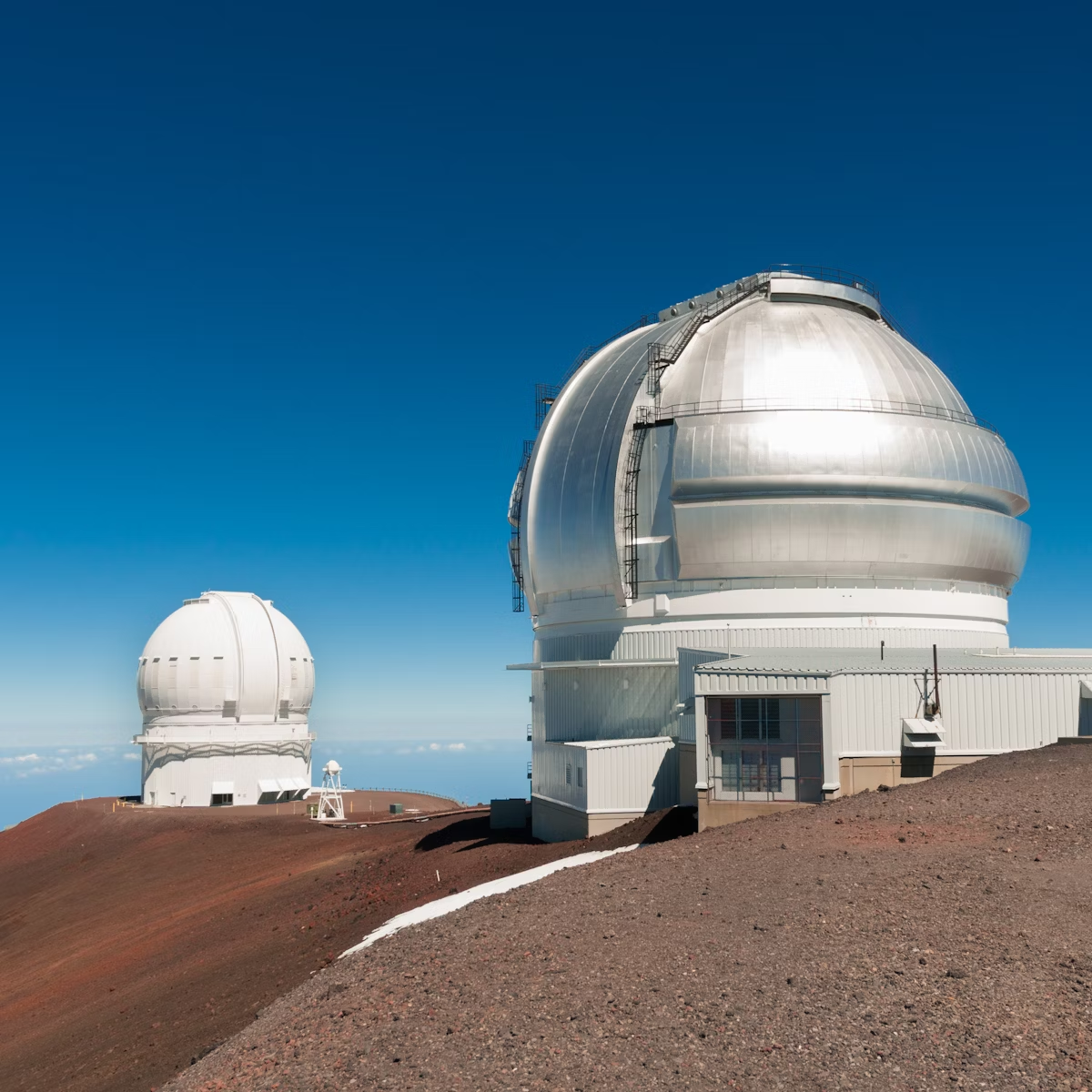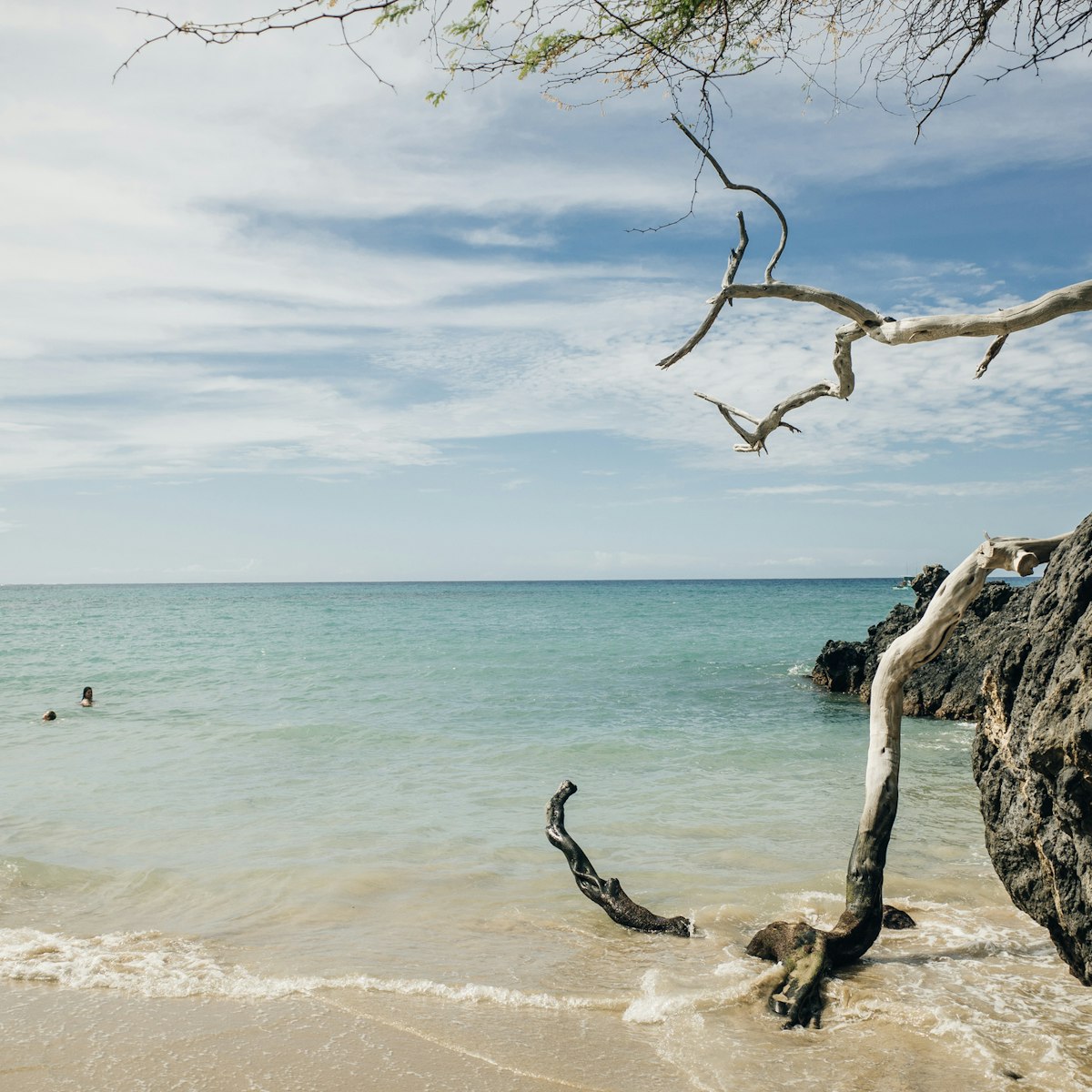Quarries scattered over 7.5 sq miles produced tons of exceptionally dense and fine-grained basalt (dubbed Hawaiʻiite) used to make a tool similar to an ax called an adz. The scale of the operation is difficult to appreciate until you're standing next to one of the enormous piles of leftover chippings. The site is on the Mauna Kea Summit Trail, 1 mile and 650ft below its intersection with the Lake Waiʻau trail. It's a registered National Historic Landmark and considered a sacred place.
Hawaiian workers would live on site in caves and shelters between July and October, chipping away at the brutally hard stone creating high quality tools.







